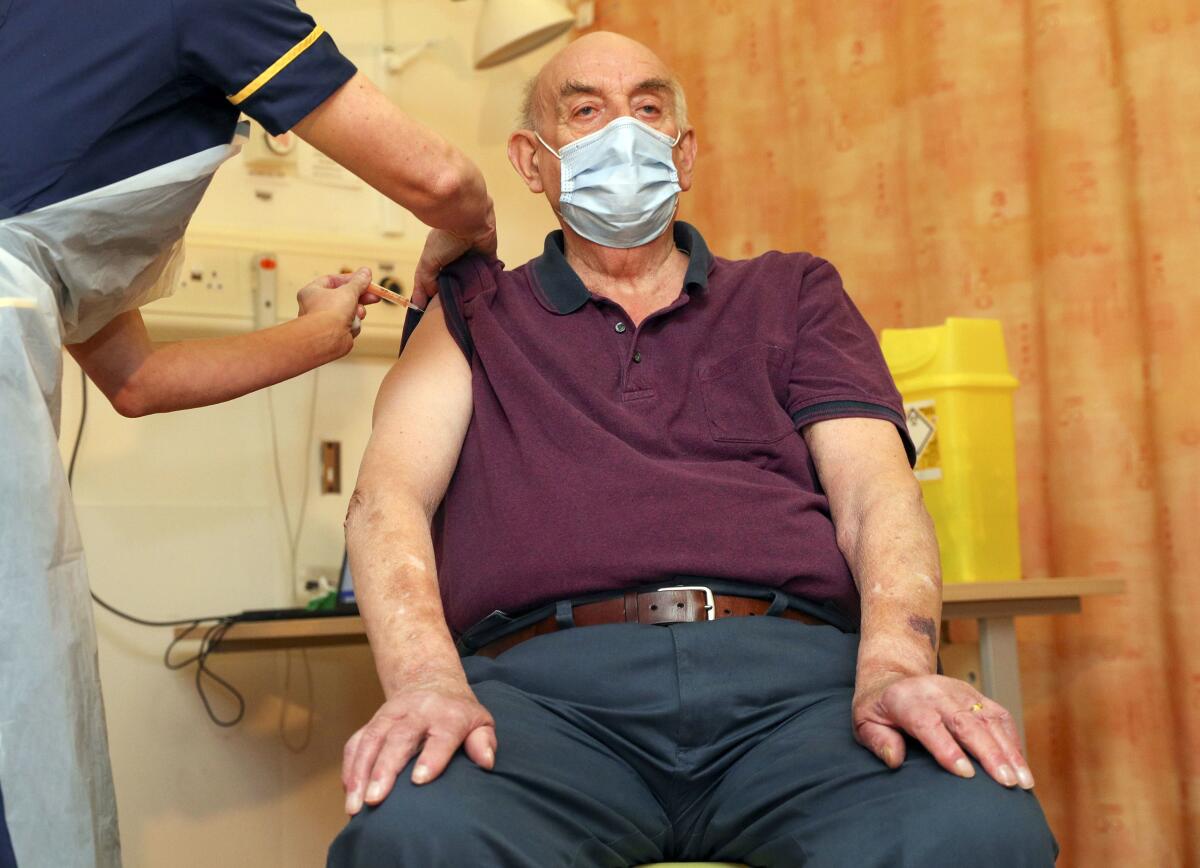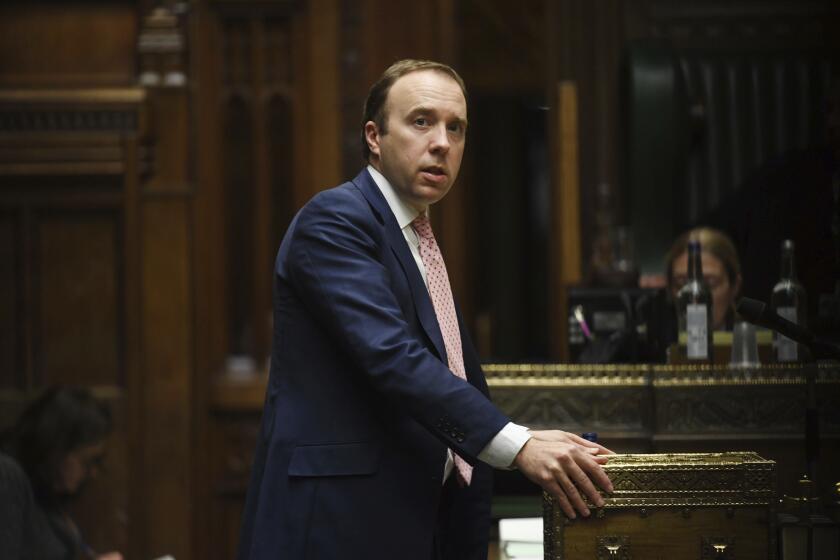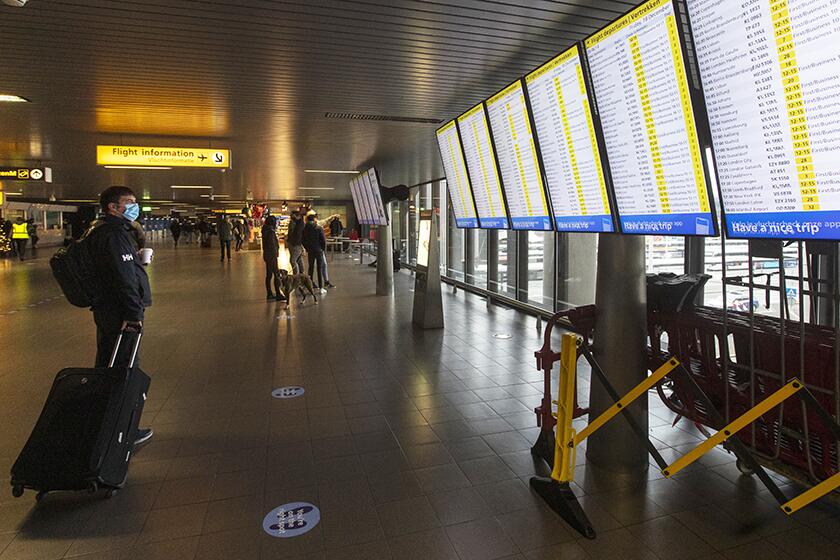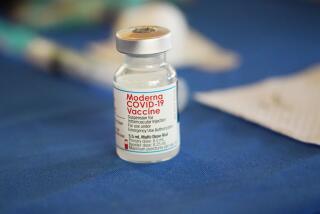Britain becomes first country to administer Oxford-AstraZeneca COVID-19 shots

LONDON — Britain on Monday took another giant step in the fight against COVID-19, ramping up its immunization program by giving the first shots in the world from the vaccine created by Oxford University and British drugmaker AstraZeneca.
Brian Pinker, an 82-year-old dialysis patient, was the first to get the new vaccine, which was administered by the chief nurse at Oxford University Hospital. Pinker said he was pleased that he can “now really look forward to celebrating my 48th wedding anniversary with my wife, Shirley, later this year.”
Since Dec. 8, Britain’s National Health Service has been using a vaccine made by Pfizer and the German firm BioNTech to inoculate healthcare workers and nursing home residents and staff. The Oxford-AstraZeneca vaccine boosts that arsenal and is cheaper and easier to use because it does not require the super-cold storage needed by the Pfizer vaccine.
The Oxford-AstraZeneca shot is being administered at a small number of hospitals for the first few days so that authorities can watch out for any adverse reactions. But hundreds of new vaccination sites, at hospitals and local doctors’ offices, will start operating this week, joining the more than 700 already in operation, NHS England said.
In a shift from practices in the U.S. and elsewhere, Britain now plans to give people second doses of both vaccines within 12 weeks of the first shot, rather than 21 days, in order to deliver initial inoculations to as many people as quickly as possible.
The government’s deputy chief medical officer, Jonathan Van-Tam, said Sunday that the decision was “the right thing to do for the nation as a whole.”
British scientists have found a version of the coronavirus with a cluster of genetic changes that make it more transmissible and perhaps more dangerous.
The U.K. is in the midst of an acute outbreak, recording more than 50,000 new coronavirus infections a day over the last six days. On Sunday, it notched 54,990 more cases and 454 more coronavirus-related deaths, taking its confirmed COVID-19 death toll to 75,024, one of the worst in Europe.
British Prime Minister Boris Johnson warned Sunday that more onerous lockdown restrictions in England are likely in the coming weeks as the country reels from a new coronavirus strain that has helped push infection rates to their highest recorded levels.
But Johnson also insisted that he has “no doubt” schools are safe and urged parents to send their children back into the classroom Monday in areas of England where schools plan to reopen. Unions representing teachers have called for schools to turn to remote learning for at least a couple of weeks more because of the variant, which officials fear is up to 70% more contagious.
“We are entirely reconciled to do what it takes to get the virus under control. That may involve tougher measures in the weeks ahead,” Johnson told the BBC.
Canada joins France, Germany, Italy and other European nations in banning travelers from Britain out of fears over a new strain of coronavirus.
Johnson conceded that school closures, curfews and the total banning of household mixing could be on the agenda for areas under the most stress.
London and the rest of southeast England are facing extremely high levels of new infections, and there is speculation that restrictions in the region will have to be tightened. Some areas have more than 1,000 coronavirus cases per 100,000 people.
Johnson’s Conservative government is using a tiered coronavirus restriction system to try to stop the spread of the coronavirus. Most of England is already at the highest level, Tier 4, which involves closing nonessential shops, gyms and recreation centers and turning to at-home instruction.
More to Read
Sign up for Essential California
The most important California stories and recommendations in your inbox every morning.
You may occasionally receive promotional content from the Los Angeles Times.












